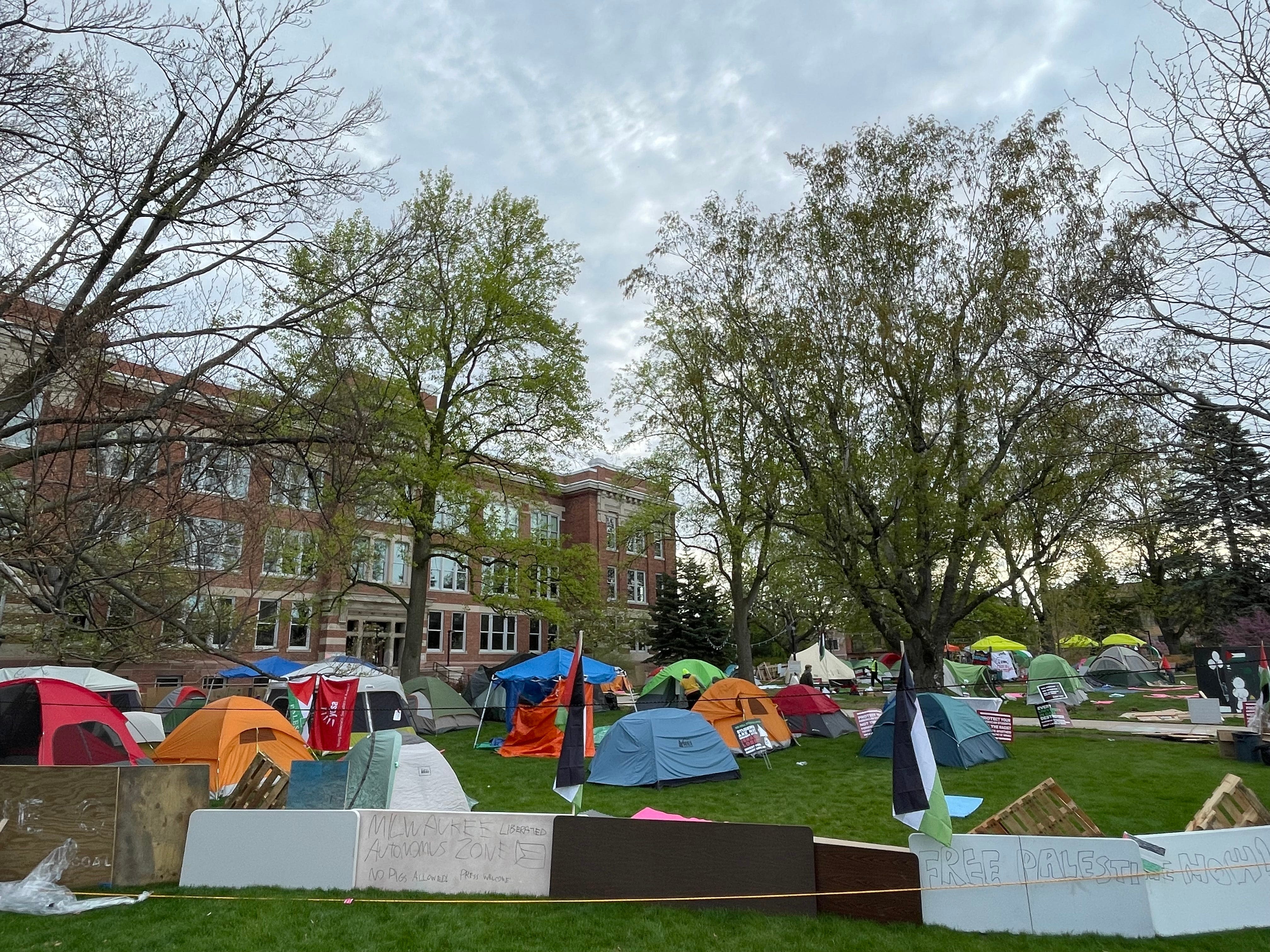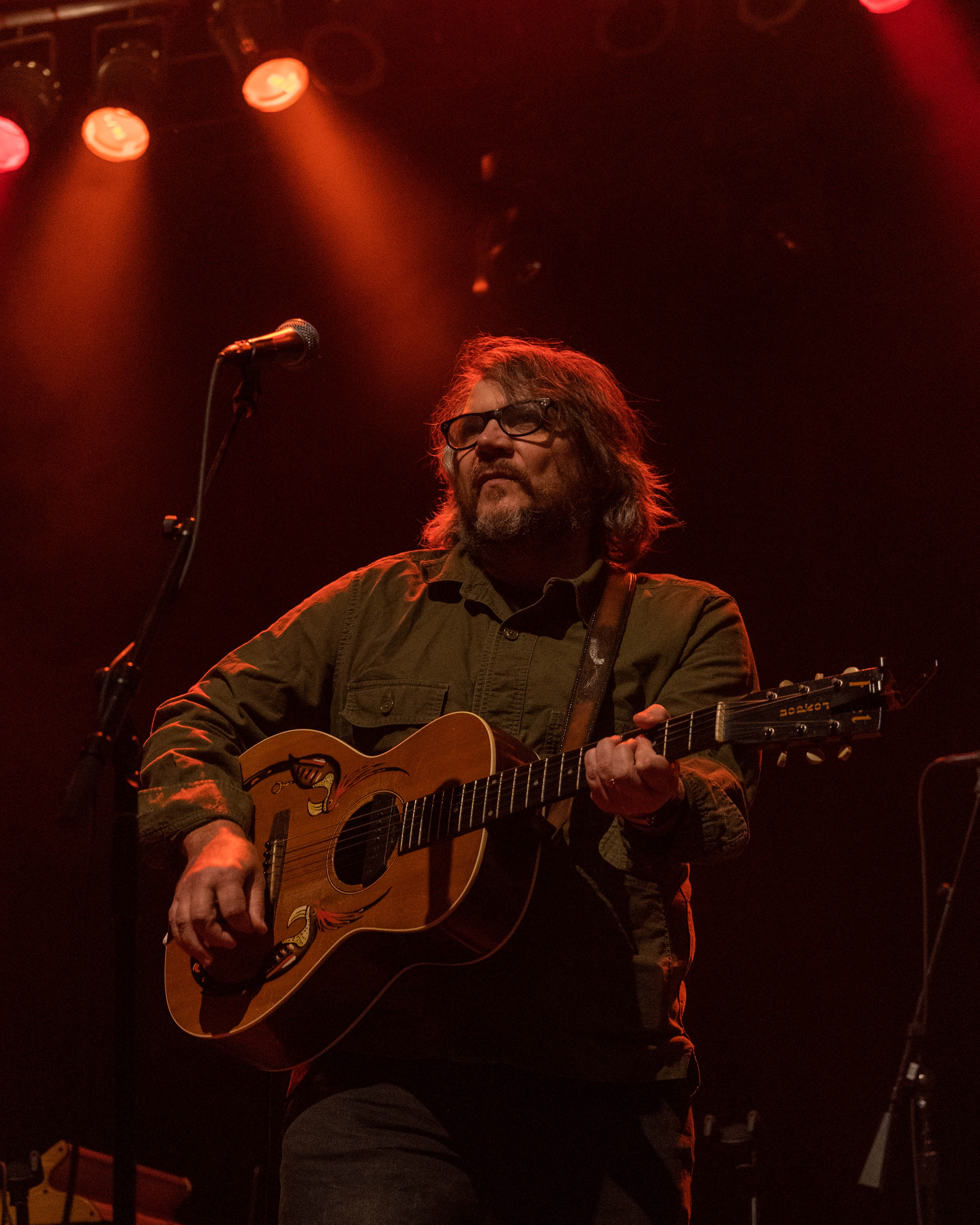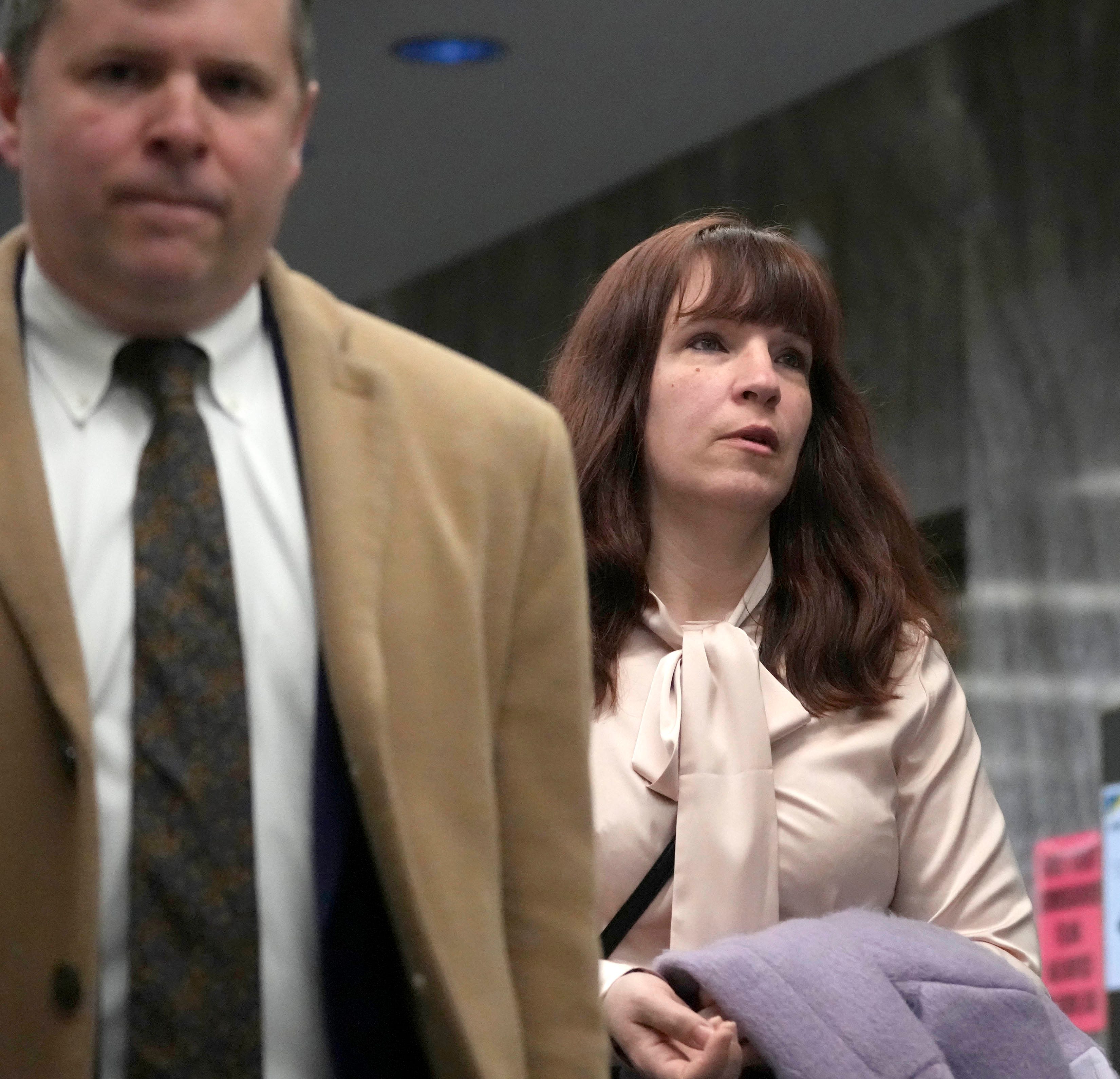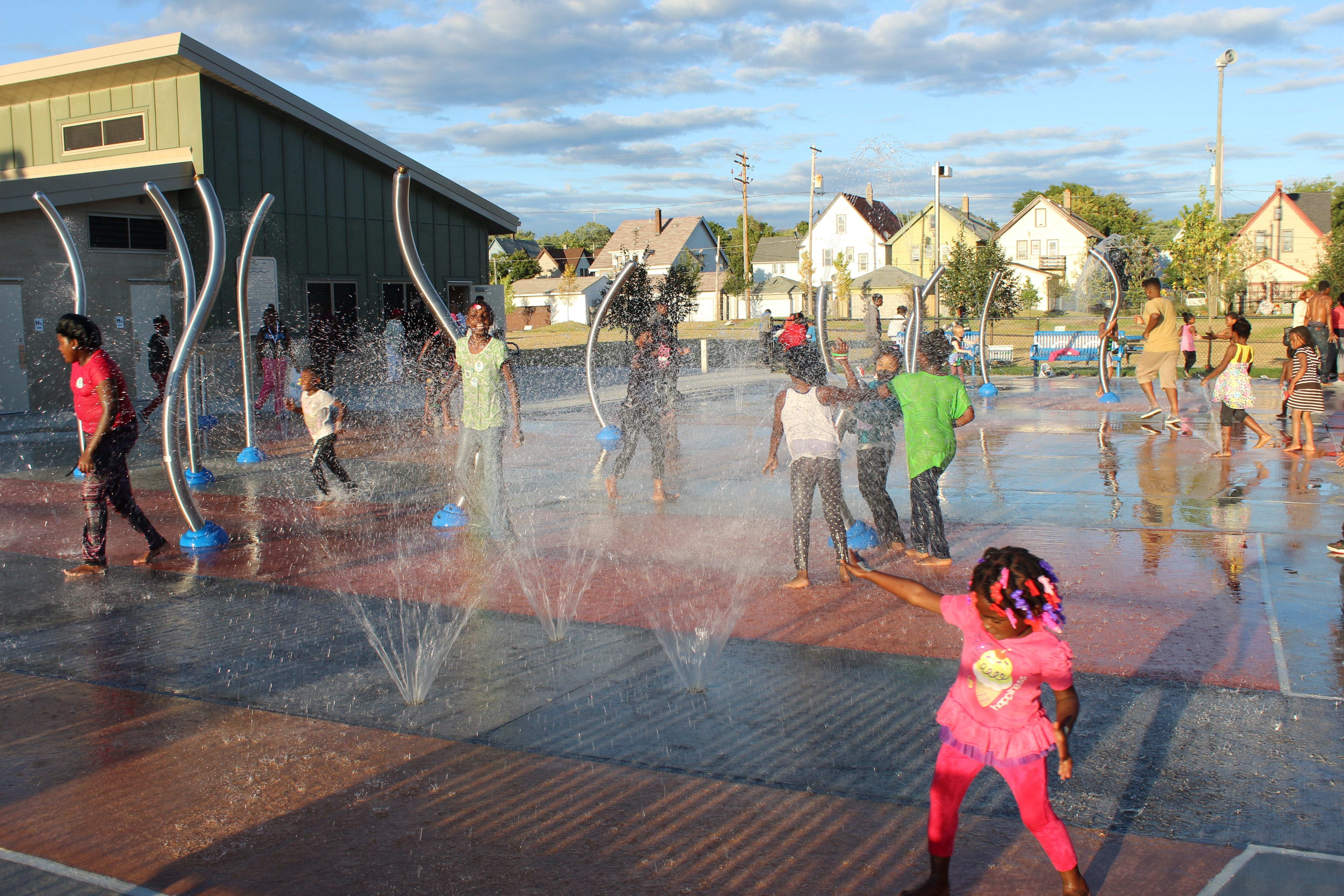Search results
News about Milwaukee, Anarchists, shootings
News about Milwaukee, UW-Madison, summer concerts
News about Milwaukee Bucks, election official, Indiana Pacers
Also in the news
Milwaukee (/ m ɪ l ˈ w ɔː k i / mil-WAW-kee) is the most populous city in the U.S. state of Wisconsin and the county seat of Milwaukee County. With a population of 577,222 at the 2020 census, Milwaukee is the 31st-most populous city in the United States, and the fifth-most populous city in the Midwest.
- 617 ft (188 m)
- Potawatomi for "gathering place by the water"
Established in 1846, the City of Milwaukee is home to nearly 600,000 residents and is a city built on water with over 10 miles of lakefront shoreline. With three rivers and a Great Lake, water plays a key role in the city’s history, identity, and economy.
Jul 10, 2018 · The century-old, German-themed bar is quintessential Milwaukee: dark, cozy, and gorgeous, with a wall of stained glass windows, a massive wood bar, and a hearty menu of Spatzle, Bratwurst, and ...
- Overview
- History
- The contemporary city
Milwaukee, city, seat (1835) of Milwaukee county, southeastern Wisconsin, U.S. It is a port of entry on Lake Michigan, where the Milwaukee, Menomonee, and Kinnickinnic rivers join and flow into Milwaukee Bay, about 90 miles (145 km) north of Chicago. Milwaukee, the state’s largest city, forms the core of a five-county metropolitan area that include...
The Milwaukee region was once home to several Native American peoples, including the Potawatomi, Menominee, Fox, Sauk, and Ho-Chunk Nation (Winnebago). French missionary and explorer Jacques Marquette camped there in 1674, and fur traders soon followed. The area was opened to settlement after agreements with the Native Americans in the 1830s. In 1835 three settlers bought land in the area and began an intense rivalry: Solomon Juneau, who had arrived in 1818, founded Juneautown north of the Menomonee River and east of the Milwaukee River; Byron Kilbourn founded Kilbourntown north of the Menomonee and west of the Milwaukee; and George Walker founded Walker’s Point, which did not begin to develop until 1850, south of the Menomonee. Juneau and Kilbourn constantly clashed on the building of streets and bridges, each purposely constructing them so that they would not line up with those of the other community. The situation climaxed in 1845 when three bridges were burned by angry mobs; the following year an agreement was signed to make Milwaukee a single community.
Milwaukee grew as a manufacturing and distribution centre in the second half of the 19th century. Flour milling, leather tanning, and iron founding were all major industries. However, Milwaukee became best known for beer production, which began in 1840. German immigrants subsequently opened several large breweries and made Milwaukee a national centre of the industry. For a time the city was the region’s primary lake port for eastbound shipments, particularly wheat. With the arrival of the railroad and the growth of Chicago as a national rail hub, Milwaukee’s importance as a shipping point declined in the late 19th century.
European immigration was largely responsible for Milwaukee’s growth. German settlers played an important and sustained part in the city’s development; a wave of immigration that occurred after Germany’s unsuccessful revolution in 1848 contributed wealthy and cultured refugees. As the city’s largest ethnic group, the Germans developed their own society that included schools, churches, and breweries. Irish formed the second largest group beginning in the mid-19th century. Large influxes of Poles and Italians occurred toward the end of the century. In 1910 immigrants or their children constituted some three-fourths of the city’s population. Although Europeans continued to arrive after 1900, the influx of African Americans from the South became increasingly significant.
After the American Civil War the city found itself involved with labour unions, disputes, and strikes, which lasted until the turn of the 20th century. A Progressive-era reform movement brought Milwaukee a reputation for clean and efficient government. The city is also noted for having had three socialist mayors, Emil Seidel (1910–12), Daniel Webster Hoan (1916–40), and Frank P. Zeidler (1948–60).
Growth was slowed by the Great Depression of the 1930s, but armament production during World War II brought new prosperity. The city’s population, which had grown steadily for decades, reached a peak of some 750,000 in the mid-1960s, after which it gradually began to decline. The proportion of African American residents continued to rise and constituted nearly two-fifths of the city’s population by 2000. Milwaukee remained a leading manufacturing city until the 1980s, by which time many plants had closed; even beer production declined, and, at the beginning of the 21st century, only one major brewery remained in the city.
Students save 67%! Learn more about our special academic rate today.
Milwaukee subsequently developed a much more diversified economy, with services (including health care, finance and banking, and insurance) and high-technology industries becoming major factors. Manufacturing (including medical equipment, mining machinery, engines, leather goods, electronics, padlocks, and motorcycle parts), shipping, and brewing are still important; printing, food processing (including meat products and snack foods), and conventions and tourism also contribute to the economy. The Port of Milwaukee is open year-round and accessible to the largest ships using the Great Lakes and the St. Lawrence Seaway; the major cargoes handled include steel, heavy machinery, and forest products. In addition, the city has extensive road and rail systems and an international airport.
Among Milwaukee’s many institutions of higher education are Marquette University (1881), Alverno College (1887), Cardinal Stritch University (1937), the Medical College of Wisconsin (1893), Mount Mary University (1913), Milwaukee School of Engineering (1903), Milwaukee Area Technical College (1912), and the University of Wisconsin–Milwaukee (1885). Milwaukee has a symphony orchestra and ballet and opera companies, as well as other theatre and music organizations. Notable among the city’s museums are the Milwaukee Public Museum, containing exhibits on natural history, and the Milwaukee Art Museum, which includes an extensive collection of European and American art. The Captain Frederick Pabst Mansion (1892), a 37-room home built by one of the city’s early major brewers, offers tours.
- The Editors of Encyclopaedia Britannica
The City of Milwaukee arose from a collection of scattered settlements on a site familiar to the Native American tribes in what is now eastern Wisconsin. Local historians attribute the name to a word derived from the Potawatomi Tribe. The Potawatomis pronounced it Mahn-ah-wauk, meaning council grounds.
People also ask
Is Milwaukee a city?
How many people live in Milwaukee Wisconsin?
Where is Milwaukee Wisconsin located?
Is Milwaukee a good city to live in?
May 23, 2022 · Milwaukee is a city on Lake Michigan 's western shore in the United States. It has a total area of 96.81 square miles and an anticipated population of 586,503 in 2022. Milwaukee's climate is continental, with large temperature swings over short periods, particularly in the spring and autumn. It is known as the "Beer Capital of the World" since ...
Established in 1846, the City of Milwaukee is home to nearly 600,000 residents and is a city built on water with over 10 miles of lakefront shoreline. With three rivers and a Great Lake, water plays a key role in the city’s history, identity, and economy. About Us | Choose Milwaukee | Contact Us






